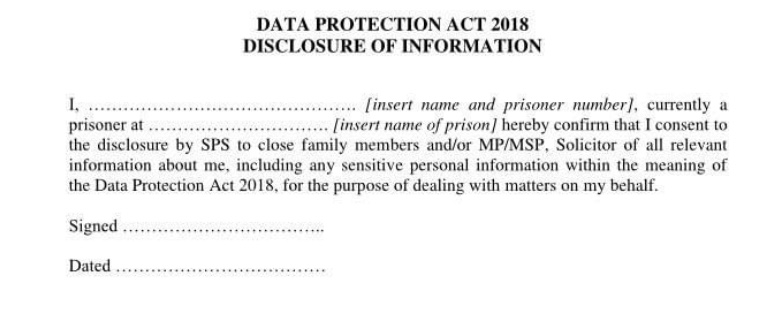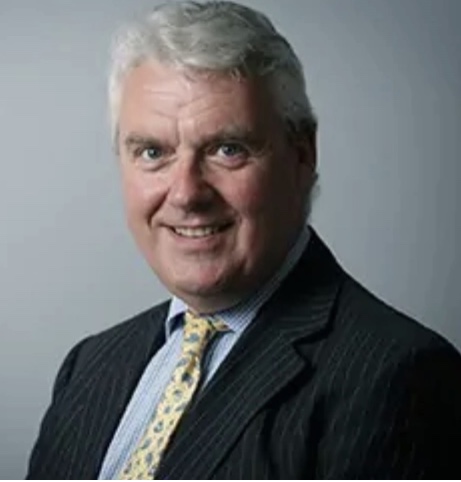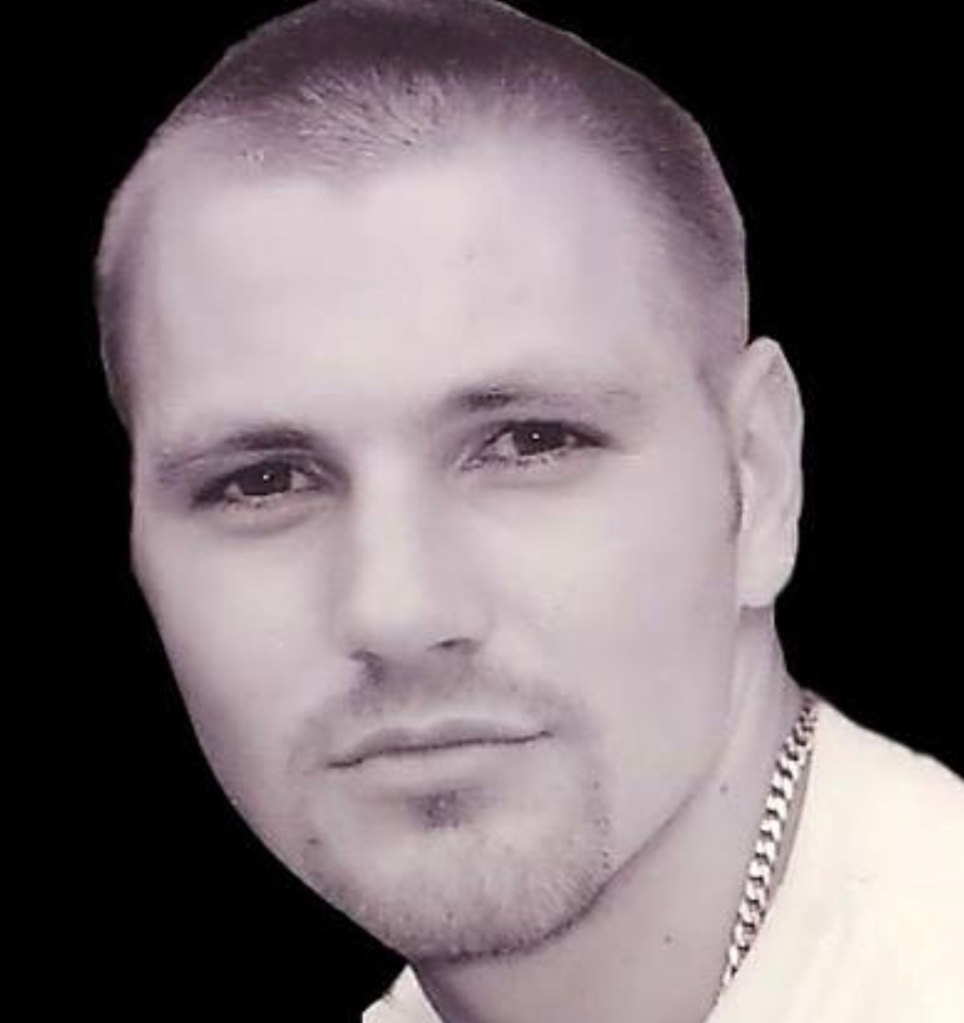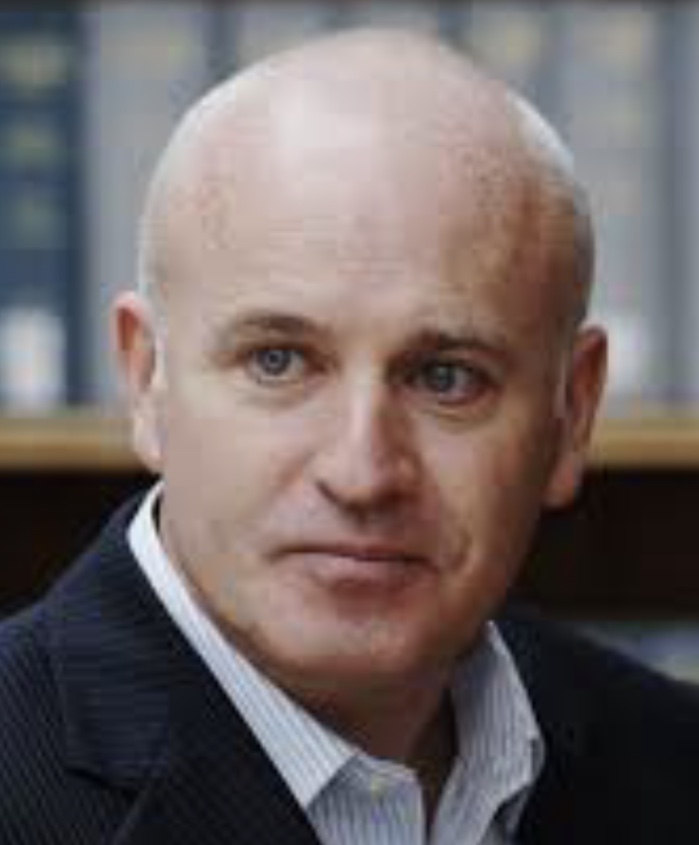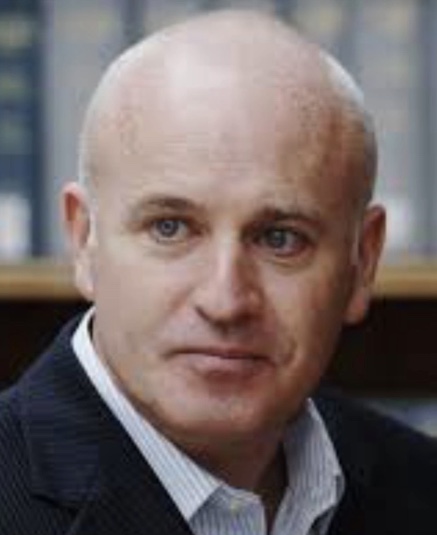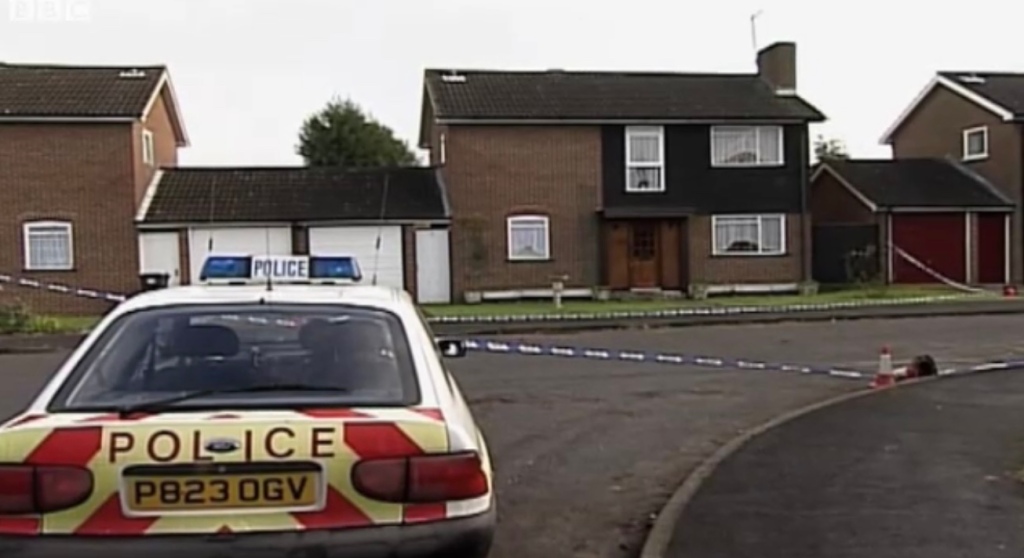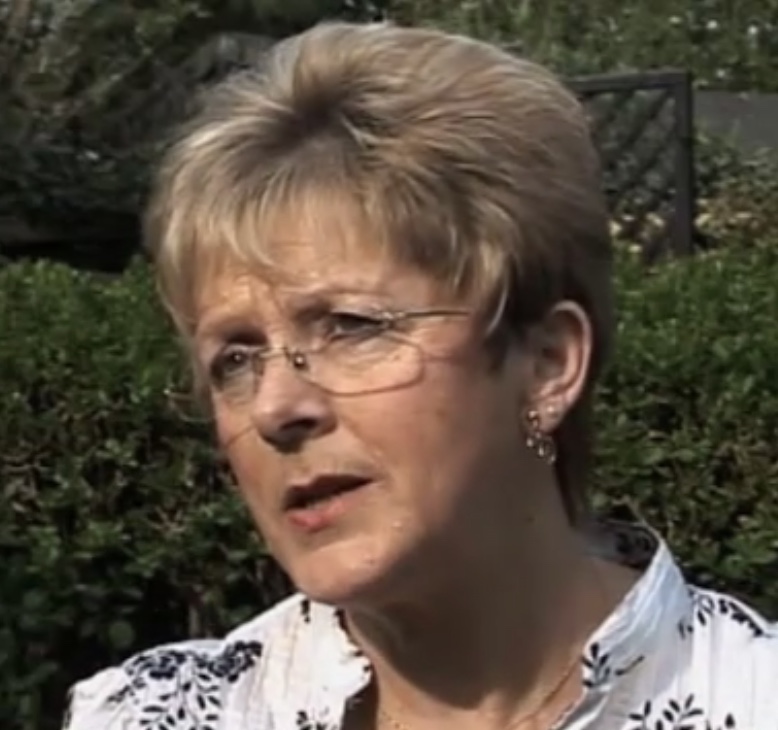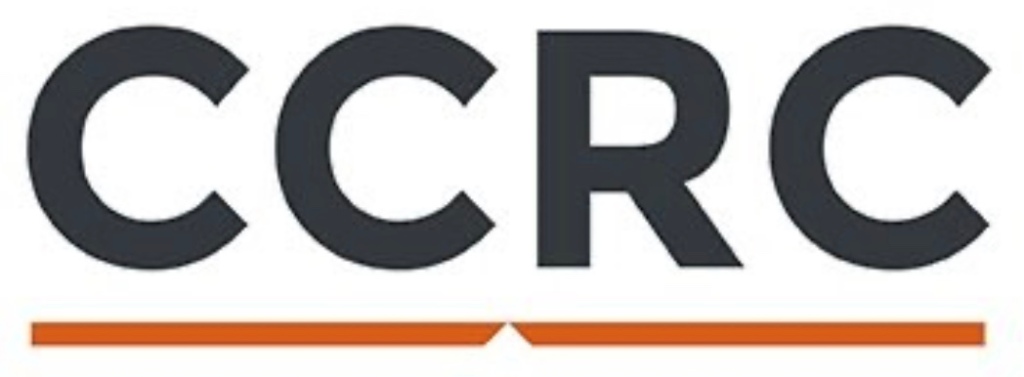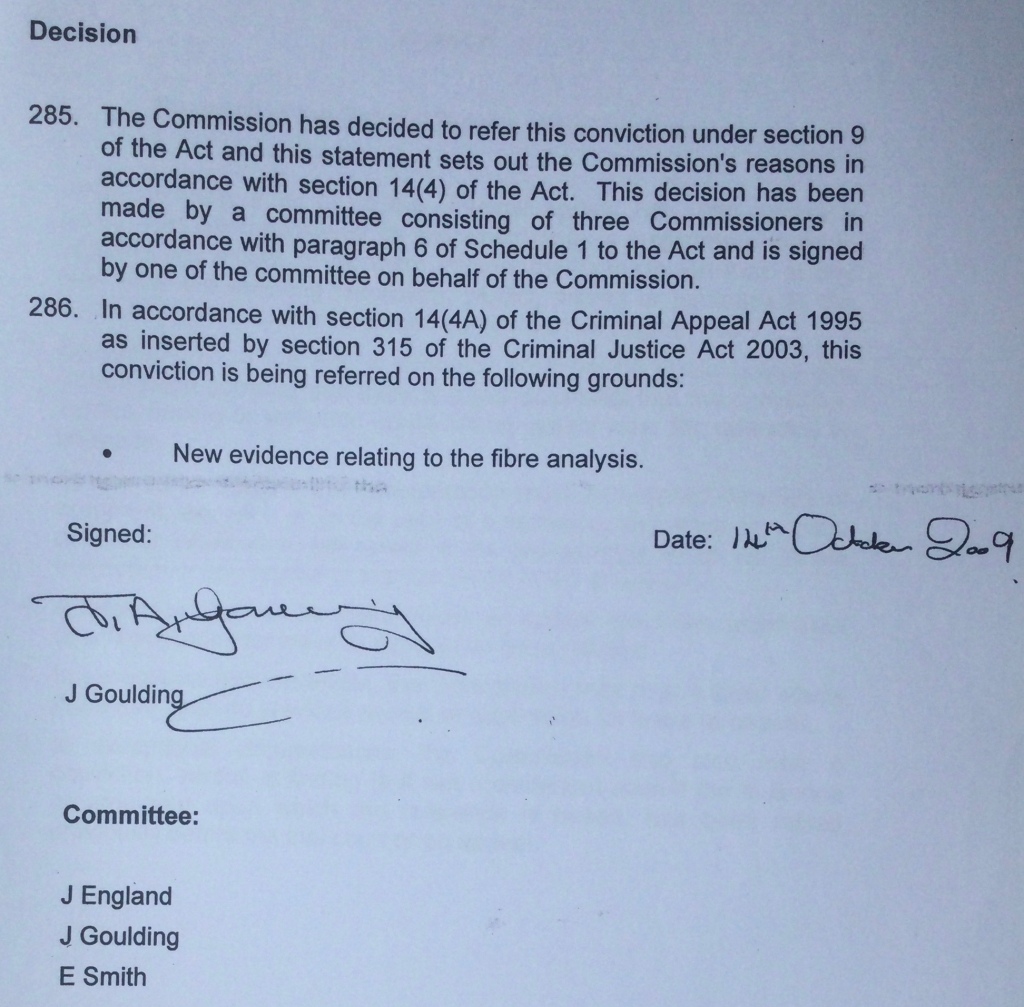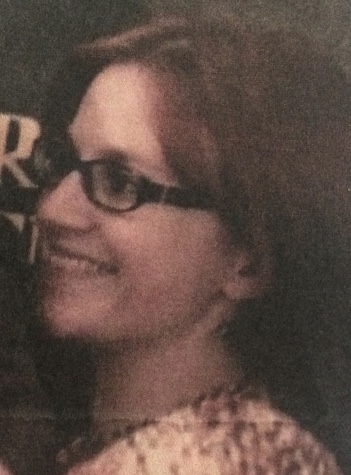For educational purposes only Julie Price’s article, along with the original comments at the foot of her article, have been reproduced below;
‘Gobsmacked’, some said. Others were ‘Stunned’, writes Julie Price. But whatever the language of choice for miscarriage of justice observers, the common reaction to Simon Hall’s confession last month was: ‘We didn’t see that coming.’
Setting aside any questions (and there are many) as to the circumstances surrounding his confession after maintaining innocence for 12 years, this turn of events will not have helped the cases of genuine victims of wrongful conviction, as suggested in early reactions from the ‘no smoke without fire’ brigade.
The UK’s university innocence project world may now take stock, and try to assess how it should manage any consequential damage to the credibility of our daily operations.
When the flagship hits the rocks
There is no doubt that the Simon Hall case was considered a flagship of the UK’s university innocence project movement, which has developed apace since the first project at Bristol in 2005, closely followed by Leeds and Cardiff. It has possibly reached its peak of between 25-30 projects operating with varying degrees of activity at universities in England, Scotland and Wales, with new ones emerging and earlier projects closing along the way.
Those of us working in this most difficult of pro bono/clinical legal education fields have closely followed the Simon Hall case since the last ever episode of BBC’s Rough Justice filmed Bristol University students working on the case with Hall’s then solicitor, criminal appeals stalwart, Campbell Malone.
Publicity
Hall’s case was played out on a very public stage. It was different to most others partly because of the ferocity of the campaign and its soap opera qualities. There were family feuds. One Stephanie (Bon) created a Justice4Simon website, facilitated the involvement of the BBC and worked relentlessly giving vital early support, only to be replaced by another Stephanie, who married Hall in prison. Stephanie Hall argued with many.
But the loyal wife’s dogged determination led to the CCRC apparently bowing to pressure and giving her regular updates on their work, a service that evaded others conducting cases more quietly.
As well as press releases from Bristol University and its related Innocence Network UK (INUK), there was other regular web activity, with vitriolic outpourings by rival forum members using pseudonyms, being enthralled and appalled in equal measure by the slanging matches that were played out for all to see.
Hall’s wife uploaded a plethora of letters and documents, suggesting that other named individuals were responsible, and with a poignant ‘Elephant in the Room’ photo reminding us of the dearth of evidence, constantly calling for her innocent husband to be released to avoid perpetuating the ongoing injustice.
The 2011 appeal decision
When Hall’s appeal decision was due in early 2011, we eagerly awaited the anticipated first-ever case involving a university to be overturned by the Court of Appeal. It would be a ‘milestone’ for university innocence projects, the Observer commented. When the conviction was upheld, we were shocked.
That was not because we naively accepted what Bristol University said, but because we had read for ourselves what was in the public domain, often so eloquently and wholly seeming to undermine the evidence against Hall.
Keeping the faith
Despite the 2011 appeal being lost, our collective faith was not. Michael Naughton and Gabe Tan of Bristol University gave passionate interviews to a pro bono online resource, Human Rights TV, condemning the decision. This confidence in the unsafety of the conviction was reinforced to us outside observers when the defence fibres expert wrote a powerful letter to the Court of Appeal challenging the Court’s understanding of his evidence. Bristol University’s press release urged that Simon Hall’s conviction ‘cannot stand’.
With hindsight, there was little mainstream public interest in the case outside of Suffolk where the murder occurred. Outside of the small miscarriage of justice community, Private Eye ran pieces, keeping up the pressure.
Wider problems and pressure
There were also difficulties behind the scenes, about which outside observers could only speculate. After the failed appeal, it seemed that Simon Hall had ‘sacked’ his legal team in favour of innocence project representation. If this were true, it would have been an uncomfortable development in the eyes of those of us who consider that the relationship between the practising legal profession and universities is core to the sustainability of innocence projects.
Hall’s supporters routinely reminded Keir Starmer of his words for Rough Justice that: ‘The one crucial link is the fibre evidence. Break this and the case disappears.’
Hall’s wife regularly made changes to the website: information came and went. The pressure on the CCRC was huge.
Fast forward to September 2013. So, one month on from the August 8th news that Simon Hall has confessed to the murder, ‘hoodwinking’ (so say the Daily Mail) the BBC and MPs, where does that leave us, the universities that have invested many years in working on alleged wrongful conviction cases?
The UK innocence project world is still poised, waiting for its first case to be overturned with the help of a university. I don’t say ‘by’ a university because this can probably only be achieved as a result of a collaborative effort embracing pro bono lawyers, experts and journalists. But how far away are we from overturning a conviction, and will it ever happen?
A legend in our own academic backyard only?
What is most striking from newspaper coverage of Simon Hall’s confession is that after eight years of hard slog, university innocence projects still do not seem to feature in the nation’s consciousness. When you are immersed in something so all-consuming, there is a tendency to believe that everyone knows about your work.
I don’t think that university innocence projects have even scratched the itch on the nose of the miscarriage of justice problem, even though they have played an important part in teaching our future lawyers about the iniquities of the criminal justice system.
In newspaper coverage immediately after the confession, none of the pieces in the Daily Mail, The Telegraph, The Independent or other local and national newspapers mention the involvement of Bristol University’s innocence project in Hall’s case (the BBC does).
Statistics
Northumbria University’s Student Law Office achieved success in overturning the robbery conviction of Alex Allen in 2001, and subsequently securing compensation for him of £170,000, but this was not through the vehicle of an innocence project.
No UK innocence project has yet been involved in overturning a conviction.
The Criminal Cases Review Commission (CCRC), the body charged with looking into possible miscarriages of justice, has statistics on the involvement of innocence projects in submissions to them, with caveats that their data mining is not perfect, and may not be accurate because of the ‘many variables in the way people might describe involvement’ of an innocence project.
Also, the CCRC’s figures do not distinguish between universities involved with the INUK and those that are not. (For the uninitiated, the INUK is a network of universities working under that umbrella, led by Bristol University, with members but no democratic constitution. Most university innocence projects are members of INUK; others have never joined or have left, for example Cardiff, Leeds, Westminster, London Innocence Project. Other universities run criminal appeals clinics that are not called innocence projects, for example Northumbria, Derby, and now Birmingham).
The CCRC’s results show that as at February 2013 there were 60 cases or submissions at the CCRC where the phrase ‘innocence project’ occurs.
- Of these, there were 18 substantive submissions where the applicant had been represented by an innocence project. This is not 18 different cases, but it includes Responses to Provisional Statements of Reasons.
- Seven are cases where it seems projects were assisting in some other way short of reviewing or representing.
- 17 were cases where the CCRC supplied material to a project but no representations had so far followed.
- Five were where the CCRC suggested that applicants might consider contacting a project.
- 13 were cases where innocence projects are just mentioned in correspondence in some other way, including two mentions of a USA Innocence Project, a complaint that a project had had a case for three years and then dropped it, a complaint that the applicant could not get a project to help, and a complaint that the applicant had been told that his case meets criteria, but that the project was too busy to take his case.
So, looking more closely at these figures, the bottom line appears to be that of the 18 substantive submissions, 10 of these were from our project at Cardiff Law School (on sixdifferent cases) and four were from Leeds. Neither Cardiff nor Leeds are INUK projects.
Of the INUK universities, three of these submissions were from Bristol (two of which were on the Simon Hall case), and one was from Gloucester.
In addition to these CCRC figures, Bristol succeeded in having a case referred from the Scottish CCRC, and Lancaster University had an appeal heard directly at the Court of Appeal, bypassing the CCRC.
Since these figures were given by the CCRC in February 2013, Sheffield Hallam has also recently submitted a case to the CCRC. Cardiff has made a further two substantive responses to the CCRC, we are on target for submitting another two new cases in the autumn, and we hope soon to take another case directly to the Court of Appeal.
I do not have information for other non-INUK projects but from the CCRC’s figures, it would seem that they have not been involved in making substantive submissions.
This statistical information is not available generally, so if these figures do not tally with others, for example those generated by INUK, then corrections are welcomed.
However, these figures are miniscule in the overall picture of applications to the CCRC. it is fair to conclude that innocence projects are not yet having any real impact outside of their educational remit. By way of historical context, the BBC’s Rough Justice series is credited with overturning the convictions of 18 people in 13 cases over its 25 year existence. The Simon Hall case was the last ever Rough Justice film, and was not typical of its previous investigative content, instead portraying the work of the innocence project students. The penultimate Rough Justice film, about the Barri White & Keith Hyatt case, was responsible for the new evidence which led to their convictions being quashed at the Court of Appeal. Thanks to Rough Justice, the miscarriage of justice world yesterday welcomed the conviction of Shahidul Ahmed for the murder of Rachel Manning, the crime for which Barri had been wrongly convicted. We should rightly mourn the demise of such investigative journalism programmes and keep the Simon Hall confession in context.
The future?
The wider miscarriage of justice community, including university innocence projects, has other pressing concerns:
1.Vital opportunities to obtain evidence and documentation post appeal have been seriously hampered following the dismantling of the Forensic Science Service, and the current decision in the case of Kevin Nunn.
2. Awareness of the iniquity of Joint Enterprise convictions is increasing courtesy of hard campaigning by the voluntary group JENGbA (Joint Enterprise Not Guilty by Association). Casework organisations have yet only seen the tip of the iceberg of this category of convictions, many of which appear wholly unjust and unjustifiable, but antiquated laws are being used disingenuously to secure convictions in the name of tackling gang culture.
3. As seen in the debacle following the prosecution of police officers in the Lynnette White murder case, protecting the integrity of the criminal justice system seems to remain a national priority even in the light of the Hillsborough review.
4. There seems to be an increasing abandonment of the burden of proof in sexual offence cases, particularly historical ones.
5. Criminal legal aid is being decimated. The inevitable slashing in numbers of criminal appeals practitioners will adversely affect those claiming wrongful conviction, and numbers of miscarriages of justice will increase.
6. There are increasing numbers of convicted people maintaining innocence on various unofficial ‘waiting lists’ who may never get the chance to have their case looked at properly. There are myriad practical and ethical issues that accompany this sort of scenario.
7. There is a difference between campaigning and conducting casework, but sometimes lines are blurred. Recent years have seen the emergence of a new breed of ‘casework assistance’ organisations – and therein lies a ticking time bomb. They tend to be run by legally unqualified people who in most cases have a solid interest in miscarriages of justice, and perhaps an academic qualification. Some call themselves a ‘national service’, which is entirely inappropriate, misleading and worrying. The danger is that these are wholly unregulated, probably uninsured, with no quality control, and unlike universities and other funded organisations, are formally accountable to no-one other than the (usually vulnerable) client. A few years ago, a new charity recruited law students and others with promises of financial remuneration. A number of individuals, universities and organisations were taken in. In one particular case precious files were entrusted to that “charity” on the promise of a professional review and assistance, only never to be seen again after the charity folded and one of its founders went off to experience prison life from the inside.
8. Virtually unheard of in other university real client work, innocence project activity leaves academic staff exposed to the perhaps inevitable but wearying squabbling (and worse) that sadly seems to come with the territory. As well as being humbled by the resilience and goodwill of many victims of miscarriage of justice and their supporters in this small community, I have been disappointed to observe turf wars and jealous guarding of territory. It’s little wonder that those of us who have dedicated years of our lives to this work often feel that we are on a hiding to nothing. Criminal legal aid lawyers are a dying breed. If university colleagues brave enough to take the plunge into these muddy waters become understandably frustrated by logistical problems and lack of progress, topped off by petty wrangling, and choose to move into ‘easier’ pro bono work, that will be a valuable resource lost to the whole miscarriage of justice community in increasingly difficult times. The possibility of this should not be underestimated: most of us are in this because we are committed to helping, but we all have a breaking point.
Given this heavy duty political, cultural and practical context to miscarriage of justice work, it is not viable to be an innocence project tourist. It’s not the sort of work you can dip in and out of if you are a university wanting to set up an exciting new real client project. It carries with it heavy ethical and practical problems, and is not for the faint-hearted.
Heads, parapets and reflection
For me, the saddest consequence of Simon Hall’s confession will be if long-standing, wise, respected supporters of miscarriages of justice work decide that it’s too risky to put their names to a campaign, and instead take a back seat out of the public arena. It’s not easy to stick your head above the parapet: we’ve done that at Cardiff in many respects, and we’ve been on the receiving end of friendly and not-so-friendly fire. But we are still here, largely due to the sterling efforts of my colleague Dr Dennis Eady, and because Cardiff Law School has to date invested in us.
We have learned lessons about publicity. Our educational project, Cardiff Casewatch, planned to chart our six cases on their journey through the CCRC’s system, in real time. That idea was put on the backburner largely for various practical reasons, but we plan to update the webpages to report the ultimate outcome.
Prompted by the credibility issues created by Simon Hall’s confession, perhaps it’s time for universities individually and collectively to evaluate whether the current model of innocence projects is working effectively. It is not, in my opinion. We could look strategically at other possible collaborative alternatives, along the lines of the Inside Justice, the miscarriage of justice investigative unit operated by Louise Shorter at Inside Time, the not-for-profit national newspaper for prisoners. Inside Justice works collaboratively with experts and lawyers and has a pro bono advisory panel of eminent experts who conduct cold-case reviews of cases. The unit’s first case has just been submitted out of time to the Court of Appeal and another is under review by the CCRC. As well as facilitating hard-to-find expert advice Inside Justice is also bridging the media gap and working to get publicity for deserving cases and hoping to inspire the next generation of lawyers and experts just as Rough Justice inspired so many.
The Centre for Criminal Appeals is also an attractive idea. Central to its working model is the need for a qualified lawyer to lead the case, who may access core funding through legal aid even if now at drastically reduced rates. They say, “Prisoners may tell their lawyers things they have not told their wives, or bright-eyed students”. The Centre’s founders also emphasise the need to be able to progress a case “under the radar” arguing that sometimes it may be easier to right a wrongful conviction without the media and campaign groups in constant attendance. The Centre’s test case, which resulted in the quashing of the prisoner’s conviction, is relatively unknown. The CCA recognises from outset that collaboration with campaign groups on strategy, a wider advisory group, and proper core funding is essential. Those elements are essentially absent from our university innocence project movement, which bears no resemblance to that in the USA. The UK version, whilst of admirable intention, has evolved and reacted ad hoc without any democratic underpinning and with no obvious publicity or other strategies; the absence of core funding undoubtedly puts unsustainable pressure on the two individuals who run it.
The future for alleged victims of miscarriages of justice isn’t bright, and universities aren’t going to change that. The fault lies with a problematic criminal appeals system which appears to value protecting the integrity of the system at all costs, even if that means sacrificing some innocents.
University innocence projects should arguably be more transparent in the information they pass to the outside world, within confidentiality constraints. In this way, false expectations can be avoided, even though academic intellectual property and career progression drivers might instead prefer to closet information. We should recognise and reflect upon our shortcomings, reinforce our educational remit, and properly manage the expectations of our clients and students. We should think long and hard about what publicity opportunities are appropriate and which are best passed over despite any inclination to the contrary that any publicity is good publicity: it is not. We need to retain a healthy dose of scepticism but not lose the humanity and fresh eagerness which is the value that our keen young students can supply. We need to have meaningful ethical conversations to discuss at what point we need to close a case, rather than carrying on regardless. We need to work even more collaboratively with colleagues in journalism, forensic science and so on.
A fair number of innocence projects nationally will soon be reaching a crossroads/brick wall stage, after several years of frustrated operation. They will move from the honeymoon period towards despair and helplessness, feeling overwhelmed, realising that upping gear to ‘crusade mode’ is not what they signed up for. So when something happens like the Simon Hall confession, this has the potential to justify and accelerate plans for exodus. Those of us who have invested thousands of hours of our time will naturally feel (at best) disappointment at our cause being undermined by the confession, setting back casework by years, precious time that could have been spent on genuine cases. But how can a worthy case be differentiated from one that will eventually throw up evidence of guilt? The short answer is that it can’t¸ and we shouldn’t beat ourselves up about it. Perhaps guilty prisoners do see universities as a haven for keen young things over whose eyes the wool can easily be pulled: after all, they have nothing to lose (apart from the progression problems of prisoners maintaining innocence, which is another harrowing story). But to say that the BBC and Bristol University were ‘hoodwinked’ is unfairly disparaging. There are many reasons why people maintain innocence, and the Simon Hall confession could have happened to any of us.
Eight years on from the start of innocence projects in the UK, it is difficult to reflect positively upon where we might be in another eight years from now, but this is because of issues far more wide-reaching than Simon Hall’s confession.
In the meantime, may you Rest in Peace, Joan Albert, and others. Please be assured that, as well as potential victims of wrongful conviction, the victims of crime and their loved ones are always at the forefront of our minds.
The Justice Gap is an online magazine about the law and justice run by journalists. read more…Our print magazine is Proof. Contributors include Michael Mansfield QC, Bob Woffinden, David Rose, Eric Allison and Ian Cobain.
Professor Julie Price is head of pro bono at Cardiff Law School, and director of Cardiff Law School Innocence Project; Higher Education Academy National Teaching Fellow. Julie’s background is as a solicitor and Legal Practice Course tutor. Her voluntary positions include being a founding trustee of the Access to Justice Foundation’s Welsh Regional Support Trust, Reaching Justice Wales. She is a steering group member of LawWorks Cymru, and on the advisory group for the Centre for Criminal Appeals and FACT (Falsely Accused Carers and Teachers). Julie’s articles are her personal views (not those of Cardiff University and/or Cardiff School of Law and Politics)


